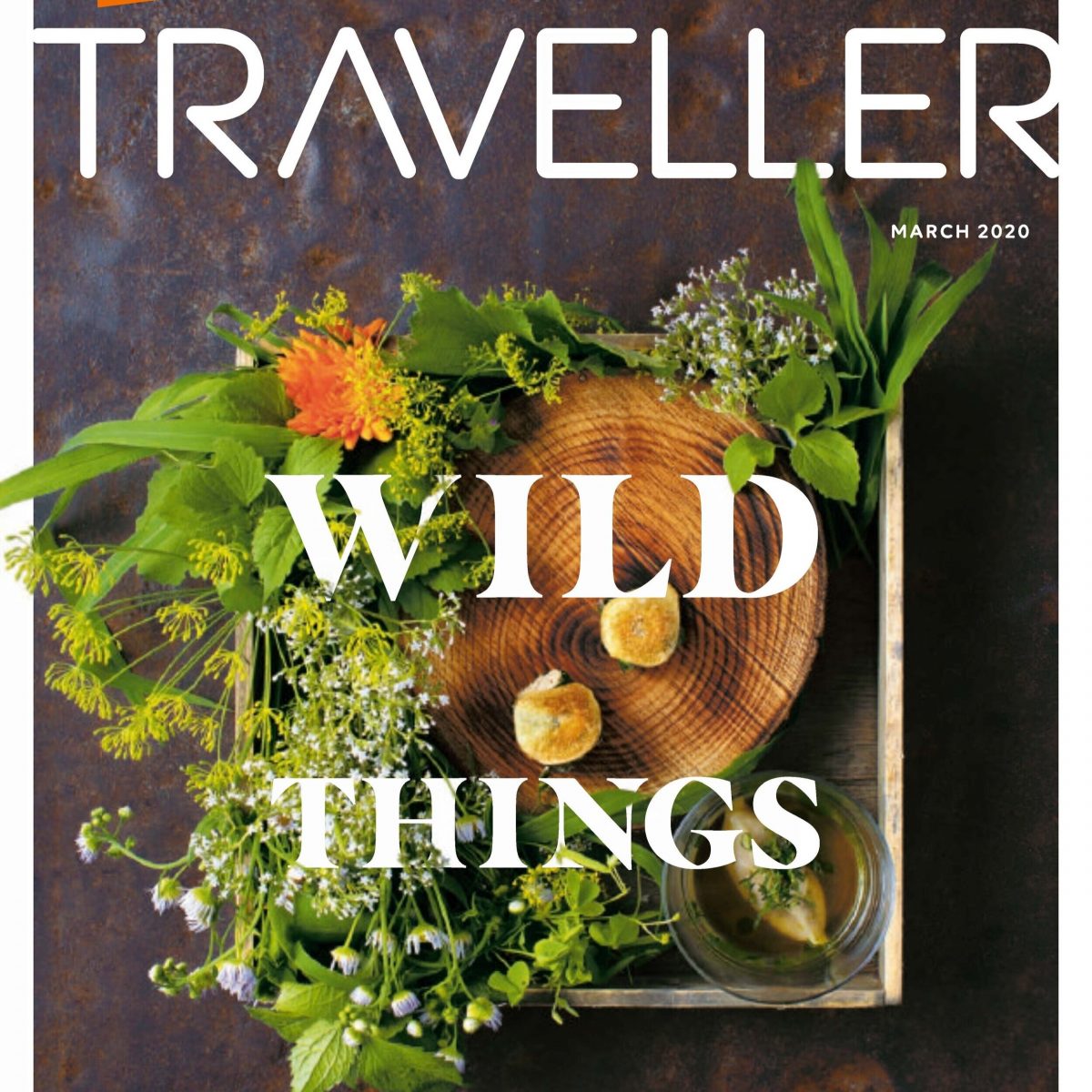In 2003, Chef René Redzepi opened Noma, a Copenhagen restaurant that made headlines for its artfully plated morsels of seasonal, sustainable ingredients (at eyewatering prices). But, while Redzepi’s New Nordic style held the spotlight, winning the World’s Best Restaurant accolade four times between 2010 and 2014, a quieter food revolution was brewing across the Baltic Sea.
Estonia’s capital city Tallinn now has a fine-dining scene to compete with Copenhagen’s, thanks to a new generation of chefs seeking a homegrown culinary identity – via lake fish, foraged herbs, fermented berries and wild game from the forests that cover 90% of the country. Centuries-long occupation by neighbouring powers, including the Nazi and Soviet rulers of the 20th century, left Estonians with an amalgamated diet of sauerkraut, chicken kiev and herring. But the New Nordic food revolution in Denmark mirrored the way rural Estonians had always eaten, regardless of governing bodies. In recent years, those traditions of fermenting, smoking, foraging and hunting have been brought out of the woodwork – after decades, if not centuries, of neglect.
On 28 and 29 May, the Bocuse d’Or chef championships take place in Tallinn, marking the city’s initiation onto the culinary world stage. Here are the five restaurants that are pioneering the new wave of Estonian cooking, and the five sets of ingredients that have come to define their tastes.
From black garlic to billy goats, it’s a wild ride.
Foraged mushrooms at NOA Chef’s Hall
Named the number-one Baltic restaurant by the current White Guide to Nordic dining, this space – a 15-minute drive out of Tallinn proper – overlooks the sea through floor-to-ceiling windows and sets the scene for Estonia’s most ambitious fusion food. Head chef Orm Oja was born the year that the Soviet Union collapsed.
“The Danes invented Nordic cuisine when they started fermenting and foraging, but we had never lost sight of that culture in Estonia. When the Soviet era ended, there was a new freedom for chefs wanting to express themselves,” Oja says. “We forage. Even my little sister knows everything about mushrooms.”
Black garlic chocolate and smoking pine at Restoran Ö
In Tallinn city centre, one passionate and patriotic chef brings to the capital the flavours of the cold sea, dark forests, clean air and black soil of his native Saaremaa Island, off the west coast of Estonia.
“I only use 100% Estonian ingredients,” says Martin Meikas, whose experimental dishes use smoking pine cones to evoke the scent of the forest, and infuse chocolate with native black garlic. “I’m influenced by the history of our country, doing lots of fermenting and smoking. After the end of the Soviet Union, it was all, ‘Let’s make pasta, pizza, then fine dining, then street food’. Now we’ve done everything and everyone has calmed down, we’re going back to our roots.”
Summer berries (in winter) at Põhjaka Manor
This renovated manor house, an hour’s drive from Tallinn, was inspired by the Italian tradition of rural farmhouse restaurants, but has distinctly Estonian features. The cellar is packed with jars of preserved jams and pickles; outside, sheep graze and chickens scratch the ground between the herb garden and vegetable patch. In a small onsite distillery, gins are infused with rowan berries and sea buckthorn.
“In Estonia, we say we only have three months of bad skiing weather each year,” laughs co-owner Mart Metsallik. “It’s logical to cook seasonally and Estonians have always made preserves for the winter from things that are fresh in the summer. In fact, the Soviet times helped preserve that tradition, because we had nothing in the shops from the outside world.”
Rye bread at Leib
The highlight of this leafy spot on the edge of Tallinn Old Town isn’t its wonderfully fresh, seasonal, local ingredients, but its namesake: the black rye bread that comes with every dish and translates as leib. It’s the one constant in the everchanging seasonal menu.
“Rye bread has fed Estonians for nearly 10 centuries, which is why we proudly call it our national food,” says head chef Janno Lepik. “There are two kinds of black bread today. One of them is a sour rye bread, like ours, which is flavoured with different spices and seeds, and has a sour taste thanks to the fermented leaven. The other kind is considerably darker and sweeter in taste, which is due to the added sugar and malt.”
Whole goat’s head at Juur
All exposed brickwork and rustic ceramics, the swish dining room at Juur wouldn’t look amiss in Copenhagen – and head chef Kaido Metsa shares Danish trailblazer Rene Redzepi’s focus on the local and the sustainable, sourcing 90% of his ingredients from his own kitchen garden and the surrounding farms and forests. His signature dish comes from a nearby goat’s milk farm, for example.
“The male goats were useless to them,” says Metsa. “It doesn’t make sense to only use the best cuts of the animal when we have world hunger. I buy the male goats’ heads and we serve them with a story.”
